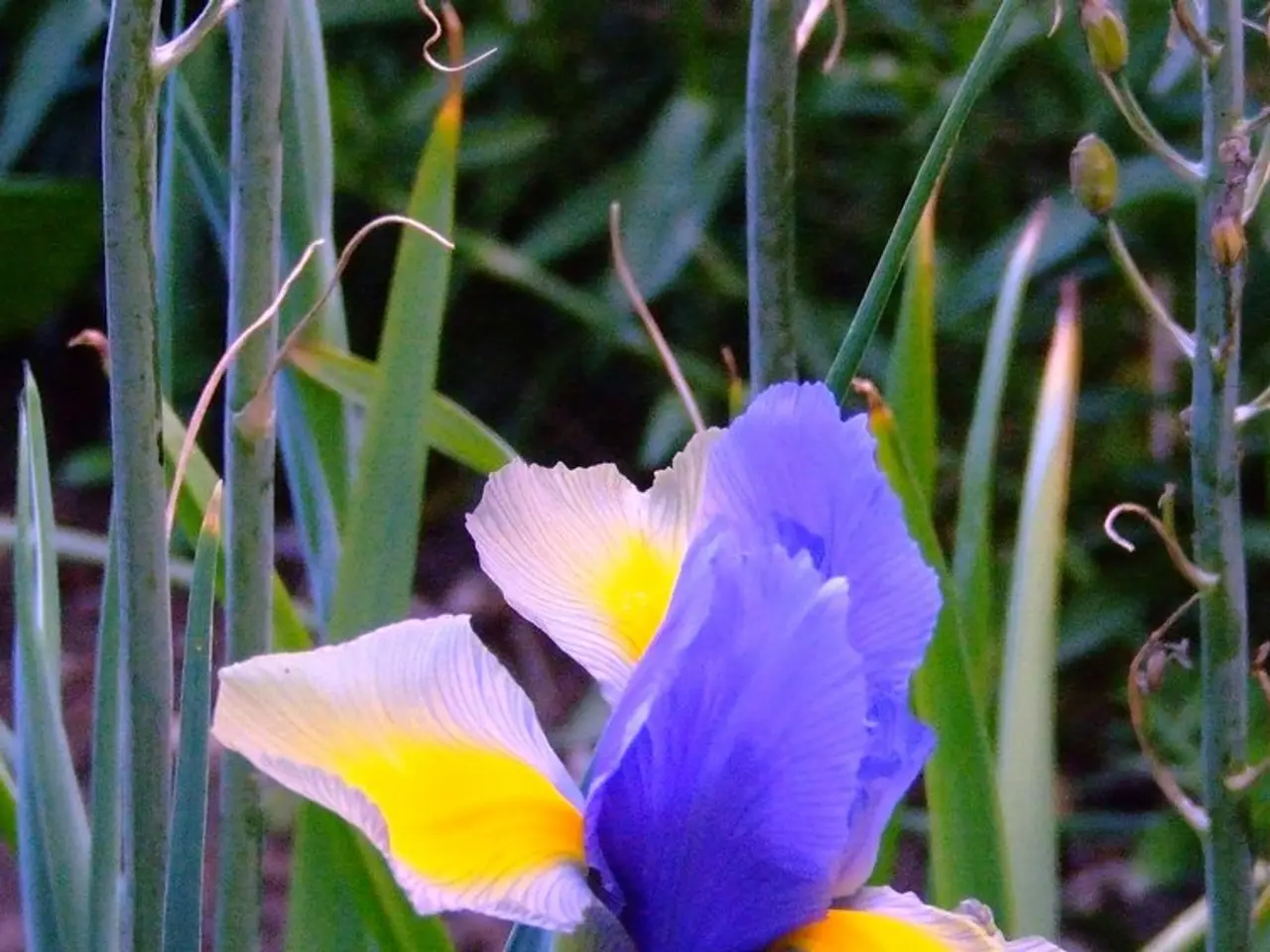Method for Encouraging Peace Lily Plant Expansion through Trimming
Liz Baessler, Senior Editor at Gardening Know How, has been cultivating a green thumb since 2015. With a background in English from Brandeis University and the University of Geneva, Switzerland, she shares her expertise on all things gardening, including the popular peace lily plant.
When to Prune Your Peace Lily
Prune your peace lily plant as soon as you notice any dead or yellow leaves, or wilted flowers, regardless of the season. If your peace lily is rootbound or overgrown, consider repotting and root pruning in the spring or early summer to minimise stress. However, root pruning can be done at any time if your plant is rootbound.
How to Prune Your Peace Lily
To prune your peace lily, begin by removing any dead or decaying foliage, including leaves that have started to yellow or show signs of damage or disease. Use a sharp pair of pruners or secateurs and wear gloves as peace lily plants are toxic.
When pruning, remove yellow or black leaves by cutting them at the base near the soil with clean scissors or pruning shears to prevent disease and conserve energy. Cut off spent or green flowers once blooming is over, as they drain energy from the plant.
For root pruning, carefully remove the plant from its pot and trim up to one-third of the roots with a clean knife before repotting with fresh soil. Avoid heavy pruning of healthy foliage; peace lilies do not respond to pruning for reshaping purposes.
Why Prune Your Peace Lily
Removing dead or yellow foliage prevents rot and disease, keeping the plant healthy. Cutting spent flowers redirects energy towards new growth and overall vigor. Root pruning addresses rootbound conditions to encourage healthier root growth without requiring a larger pot.
Other Tips for Peace Lily Care
Stressors, such as improper watering, are most likely to cause brown tips on peace lily leaves. To prevent this, ensure your peace lily is receiving the right amount of water, neither too much nor too little.
Peace lilies are toxic to both dogs and cats, so position the plant where pets cannot contact it. If you have a neglected or overgrown peace lily, you can trim back to the base of the petiole to revitalise them.
Pruning outdoor peace lilies can also be done at the same time to maintain the appearance of flower beds and prevent disease. Peace lilies can quickly fill their container in only a few years and may need to be divided.
The Benefits of Pruning
Properly pruning peace lily plants will keep them healthy and looking their best. Pruning can help them produce new growth and maintain the desired size and overall shape of the plants. Deadheading throughout the season, removing old or faded flower stalks from the plant, also prevents the production of seed.
Pruning your peace lily is a simple yet effective way to maintain its health and aesthetic appeal. By following these guidelines, you can ensure your peace lily remains a vibrant and beautiful addition to your indoor or outdoor space.
Prune your peace lily plant not only during spring or early summer, but also anytime you notice dead or yellow leaves or wilted flowers to keep your home-and-garden looking neat and tidy. Proper pruning helps maintain the lifestyle of your peace lily by preventing rot and disease, encouraging new growth, and redirecting energy towards overall vigor.




